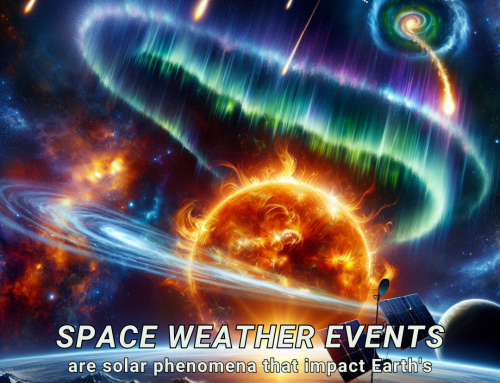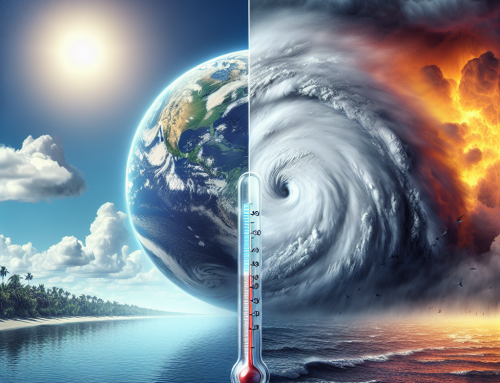
In the pursuit of limiting global warming to a less catastrophic level, the United Nations Emissions Gap Report continually monitors the disparity between our current global emissions and the level they ought to be. This is done with the aim of keeping global warming within the ambit of 1.5°C. Such consistent tracking underscores the pressing need for accelerated low carbon transformations on a national scale across the world.
Despite the progress made since the 2015 Paris Agreement, there is still a long way to go. At our current rate, greenhouse gas emissions for 2030 need to decrease by 28% to follow the 2°C pathway and a whopping 42% for the 1.5°C pathway. The sobering reality is that even if we were to implement the unconditional Nationally Determined Contributions (NDCs) under the Paris Agreement, it would still result in a temperature rise of 2.9°C. However, implementing conditional NDCs could lower this to 2.5°C, a somewhat less alarming figure but still above the ideal limit.
The UN report is a strong advocate for the implementation of these NDCs and explores the potential use of Carbon Dioxide Removal methods. These include nature-based solutions and direct air carbon capture and storage, both of which are being increasingly recognized as viable options in the fight against climate change.
Despite the progress made, the UN report warns that planned expansions by the world’s fossil fuel producers would surpass the planet’s carbon budget twice over. This is a stark reminder that we are still on a dangerous course. Currently, the Earth is on track for a global warming of 2.5 to 2.9 degrees Celsius since pre-industrial times. This far exceeds the agreed international climate threshold.
In order to maintain the 1.5-degree Celsius limit set by the 2015 Paris climate agreement, countries need to make significant emissions reductions by 2030. To be precise, emissions need to be reduced by 42%. However, in a disheartening development, emissions rose by 1.2% last year.
Highlighting the gravity of the situation, the UN Secretary-General Antonio Guterres has described the “emissions gap” as more like a canyon. He has called for global action, pointing out that current pledges would only reduce emissions to 55 billion metric tons. This leaves a gap of 22 billion metric tons from the target to limit warming.
These findings underscore the urgency and scale of the challenge that lies ahead. It is clear that we need to act swiftly and decisively to bridge this gap and ensure a sustainable future for our planet.
Science4Data is committed to cut through greenwashing and measure real impact. Join the journey to a sustainable future. Your actions matter.






